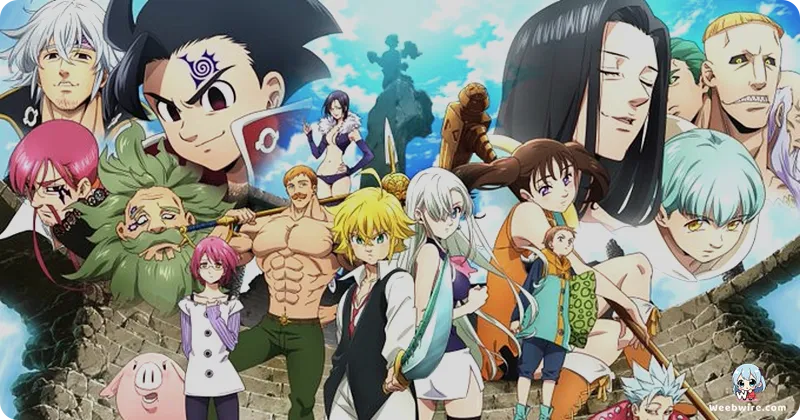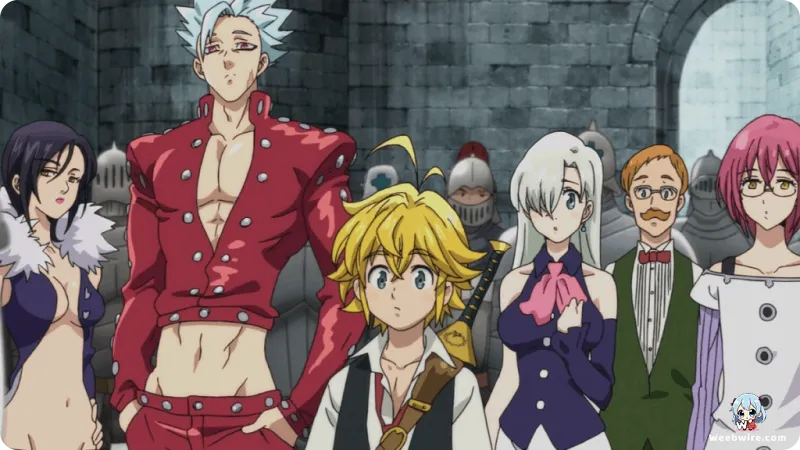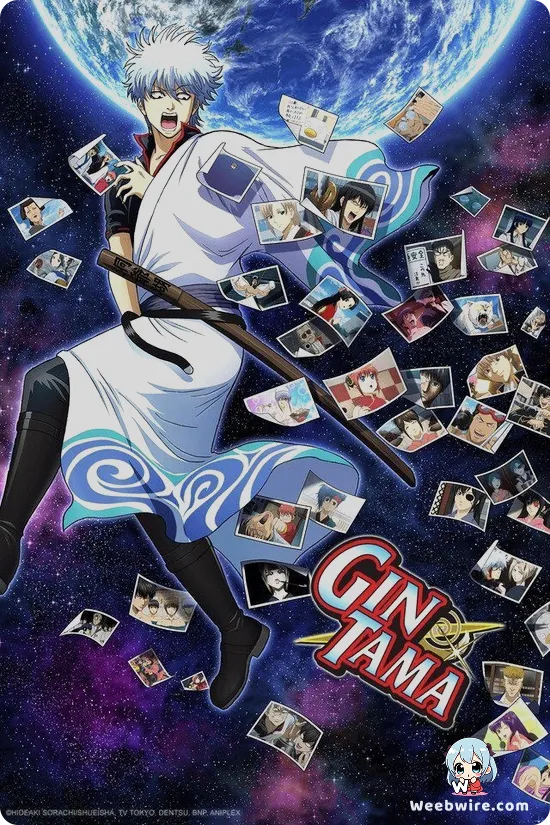Beyond the Battle: Exploring the Hidden Depths of The Seven Deadly Sins: Imperial Wrath of the Gods

Dive deep into the third season of the acclaimed anime saga, 'The Seven Deadly Sins: Imperial Wrath of the Gods,' which premiered in October 2019, marking a transformative period for the beloved series. Beyond its epic narrative of the escalating Holy War, this installment holds a treasure trove of fascinating production shifts and profound character revelations that even the most dedicated fans might have overlooked. From significant studio changes to intricate lore expansions, 'Imperial Wrath of the Gods' delivered an experience rich with captivating details and pivotal moments that shaped the series' enduring legacy.
Studio Transition and Visual Evolution
Perhaps the most talked-about development was the significant change in animation studios. After A-1 Pictures masterfully brought the first two seasons and the movie to life, the challenging task of animating 'Imperial Wrath of the Gods' was entrusted to Studio DEEN. This transition sparked intense discussion among the fanbase, with many scrutinizing the stylistic adjustments and animation quality. While A-1 Pictures had established a distinct visual identity, Studio DEEN infused the series with its unique artistic interpretation, resulting in a noticeably different aesthetic for this crucial arc. This shift offers a compelling glimpse into the dynamic nature of anime production, where each studio leaves an indelible mark on the adaptation of source material.
Meliodas's Ancient Past and Cursed Immortality
Beyond the visual evolution, the narrative of 'Imperial Wrath of the Gods' plunges into the ancient lore of the Demon Clan and the true, millennia-old history of the Holy War, unraveling events from 3,000 years prior. A central focus is the harrowing past of Meliodas, the Dragon Sin of Wrath. This season meticulously exposes the full scope of his cursed immortality and the heart-wrenching saga surrounding his bond with Elizabeth. Viewers finally learn of his former leadership role within the formidable Ten Commandments and the catastrophic ramifications of his subsequent betrayal. This profound exploration of Meliodas's origins provides essential context for his often-enigmatic demeanor and his relentless resolve to safeguard Elizabeth, laying bare layers of anguish and sacrifice previously only hinted at. The revelation of his direct lineage to the Demon King and the terrifying power of his Assault Mode irrevocably redefines his character.

Ban's Ordeal in Purgatory
Meliodas isn't the only Sin to undergo profound transformation. Ban, the Fox Sin of Greed, embarks on a harrowing yet pivotal journey into Purgatory. This segment is rich with intriguing details, showcasing Purgatory's distorted perception of time, where Ban endures what feels like centuries of unimaginable torment. This grueling experience is far more than a mere power-up; it's a transformative character arc that rigorously tests his resilience and deepens his understanding of existence, loss, and his unwavering love for Elaine. His eventual return from Purgatory, profoundly altered both physically and emotionally, stands as a powerful testament to his indomitable spirit. This unique trial highlights the series' commitment to pushing its characters to their absolute limits.
Evolutions for King, Diane, and Merlin
King, the Grizzly Sin of Sloth, also achieves remarkable milestones, mastering his sacred treasure, Chastiefol, to unleash its formidable 'True Spirit Spear' form. This visually stunning evolution marks a critical moment for King, symbolizing his full embrace of his destiny as the Fairy King and his ultimate potential. This surge in power is intrinsically linked to his emotional maturity and his steadfast loyalty to his comrades, especially Diane. Speaking of Diane, the Serpent Sin of Envy, she regains her fragmented memories and fully reclaims her giant heritage, unlocking potent new abilities and forging a deeper connection to her ancestral past.
Merlin, the enigmatic Boar Sin of Gluttony, sees her immense magical prowess and true intentions further illuminated. While her complete backstory remains veiled, this season offers greater insight into her unique existence and her deep-seated involvement in the ancient Holy War, showcasing her strategic brilliance and seemingly limitless knowledge. Her complex motivations become clearer, highlighting her profound connection to Arthur Pendragon and her overarching aspirations for Britannia. These intricate character developments collectively celebrate the diverse abilities and distinct personalities that define the legendary Seven Deadly Sins, fostering an even deeper appreciation among fans.
The Enduring Musical Score
Finally, the season's audio landscape, featuring the exceptional compositions of Hiroyuki Sawano and Kohta Yamamoto, continued to be a standout element, elevating the epic scale of battles and the raw emotional intensity of key moments, cementing its status as a high point for any anime enthusiast. The consistent quality of the musical score, even amidst production changes, underscores the enduring artistic vision for the series.
Credits
The Seven Deadly Sins: Imperial Wrath of the Gods
Author
Nakaba Suzuki
Cover Art
Nakaba Suzuki
Studio
Studio DEEN
Publisher
Kodansha
Producers





